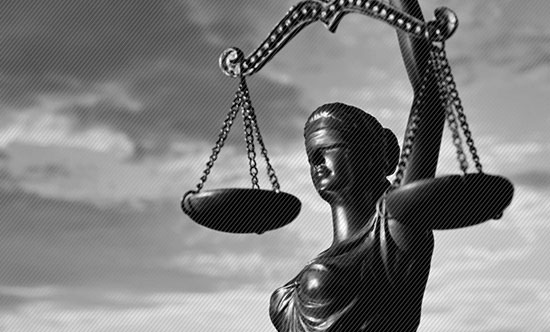Bankruptcy Chapter 7
Bankruptcy Chapter 7
Chapter 7 bankruptcy (Title 11 of the United States Bankruptcy Code) is commonly known as a liquidating bankruptcy or straight bankruptcy.
Mounting bills or job loss can sometimes make filing for bankruptcy the smartest choice.
What Happens to Your Assets in a Chapter 7?
Chapter 7, entitled Liquidation, contemplates an orderly, court-supervised procedure by which a trustee collects the assets of the debtor's estate, reduces them to cash, and makes distributions to creditors, subject to the debtor's right to retain certain exempt property and the rights of secured creditors.
In order to qualify for relief under chapter 7 of the Bankruptcy Code, the debtor must be an individual, a partnership, or a corporation. Following the filing of a chapter 7 petition, an "automatic stay" goes into effect, preventing foreclosure, repossession, collection calls, etc. and an impartial trustee is appointed to determine whether there are any nonexempt assets available to liquidate for the benefit of creditors.
In most chapter 7 cases, the debtor receives a discharge that releases him or her from personal liability for certain dischargeable debts just a few months after filing the petition.
